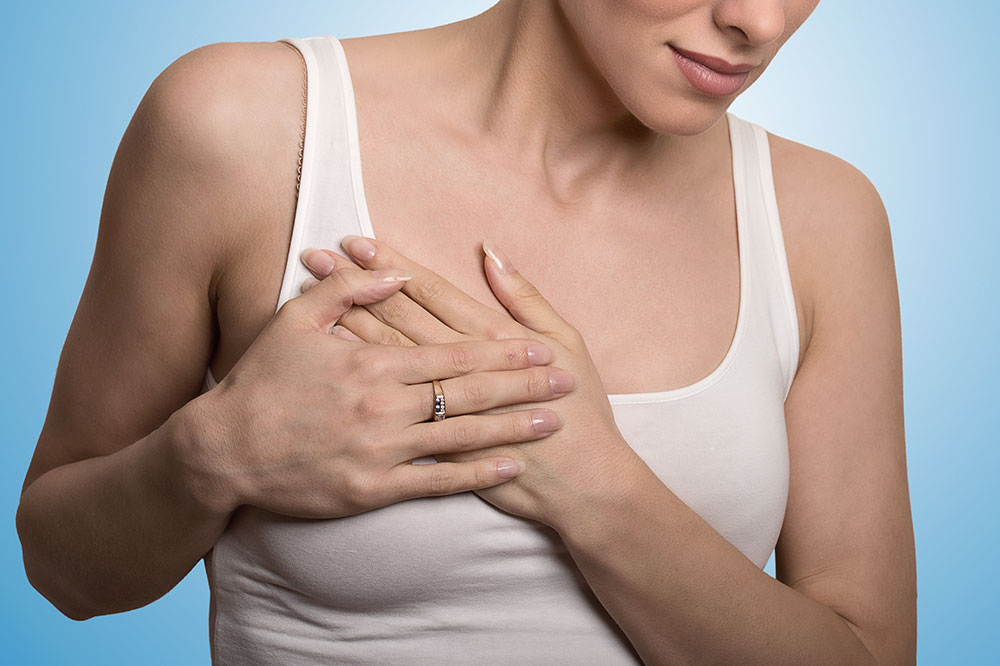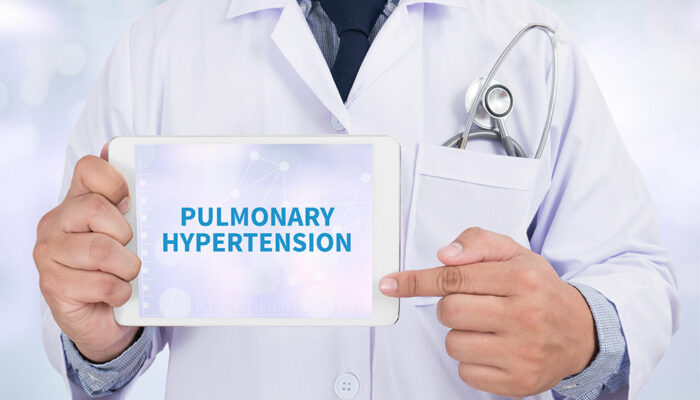
Genetics and Other Breast Cancer Risk Factors
Studies have shown that cancer develops due to a combination of causes. Out of all the diagnosed cases of breast cancer, around 5% to 10% are believed to be due to genetics. This could imply that genetics and breast cancer might be closely related. Like genetics, there are some risk factors that cannot be changed while others can be managed. Here’s having a look at all of them.
1. Genetics
Genes are DNA segments that are found in chromosomes. Changes occur in DNA and these changes are categorized under two types: the ones that are inherited and the ones that take place over time. While some of the changes to DNA do not cause any harm, others can pose varying levels of threat to one’s overall health. These are referred to as mutations. The development of breast cancer is often associated with the mutation of two genes: breast cancer gene one or BRCA1 and breast cancer gene two or BRCA2. Both these genes produce proteins that help in repairing damage done to DNA and tumor suppression. However, when these genes mutate, they produce abnormal cells, which lead to cancer. If a person has a mutated copy of BRCA1 or BRCA2 passed on from a parent, they have higher chances of developing breast cancer. If a woman carries a mutated copy of any of the two genes, they have seven out of ten chances of developing breast cancer by the time they turn 80. The number of family members who have had breast cancer also has a role to play in understanding genetics and breast cancer. Women who have one of the mutated genes are at higher risk of getting diagnosed with breast cancer in young age. They are also at the risk of having cancer cells in both breasts.
2. Age
Just like genetics, aging is also a risk factor of breast cancer that is beyond your control. The risk of developing cancer increases as you age. Most cases of breast cancer get diagnosed at the age of 50 and beyond.
3. Dense breasts
Dense breasts means that connective tissues are more in number as compared to fatty tissues. This can make it hard for the tumor to appear during a mammogram. Women who have dense breasts are at a higher risk of getting diagnosed with breast cancer.
4. Radiation therapy
Women who have undergone radiation therapy on the breasts or the chest area before the age of 30 have higher chances of developing breast cancer in the later years of life. Radiation therapy can be used as a treatment option for conditions such as Hodgkin’s lymphoma, making it crucial to understand possible side effects before opting for it.



